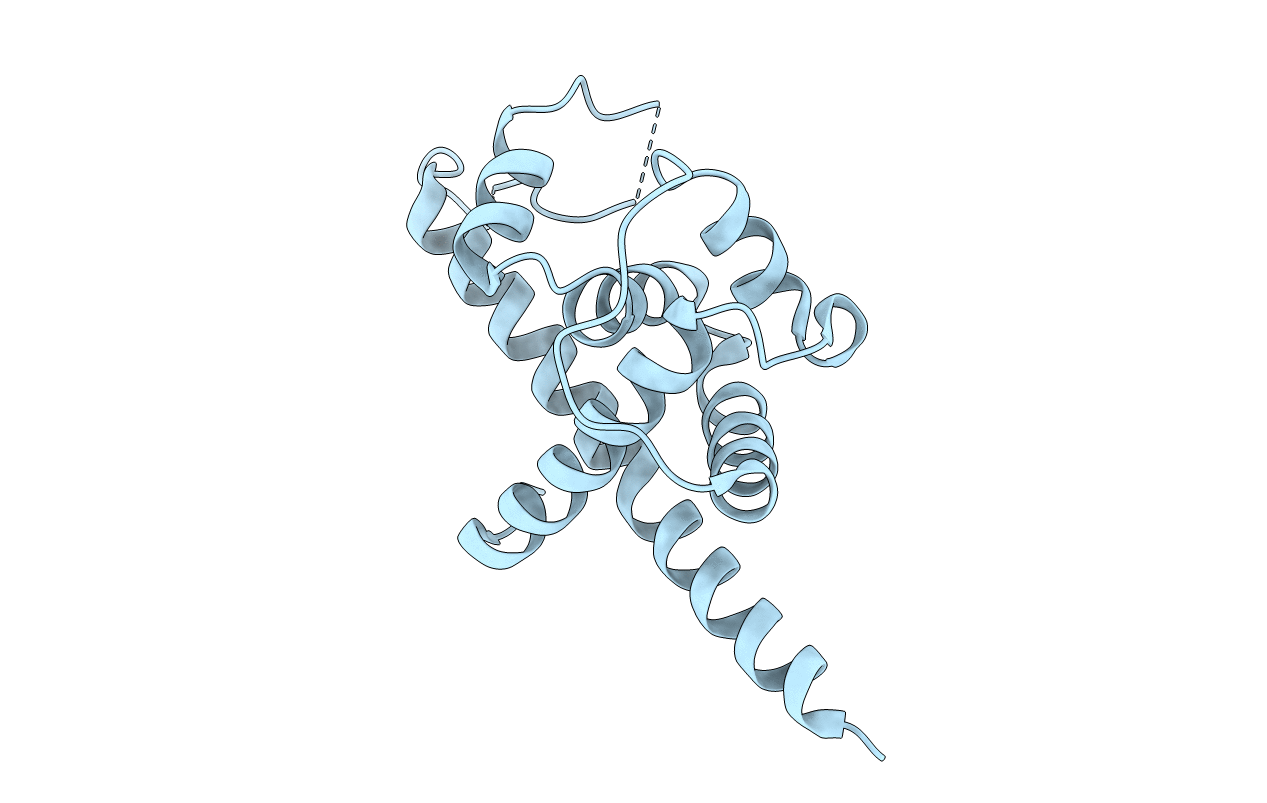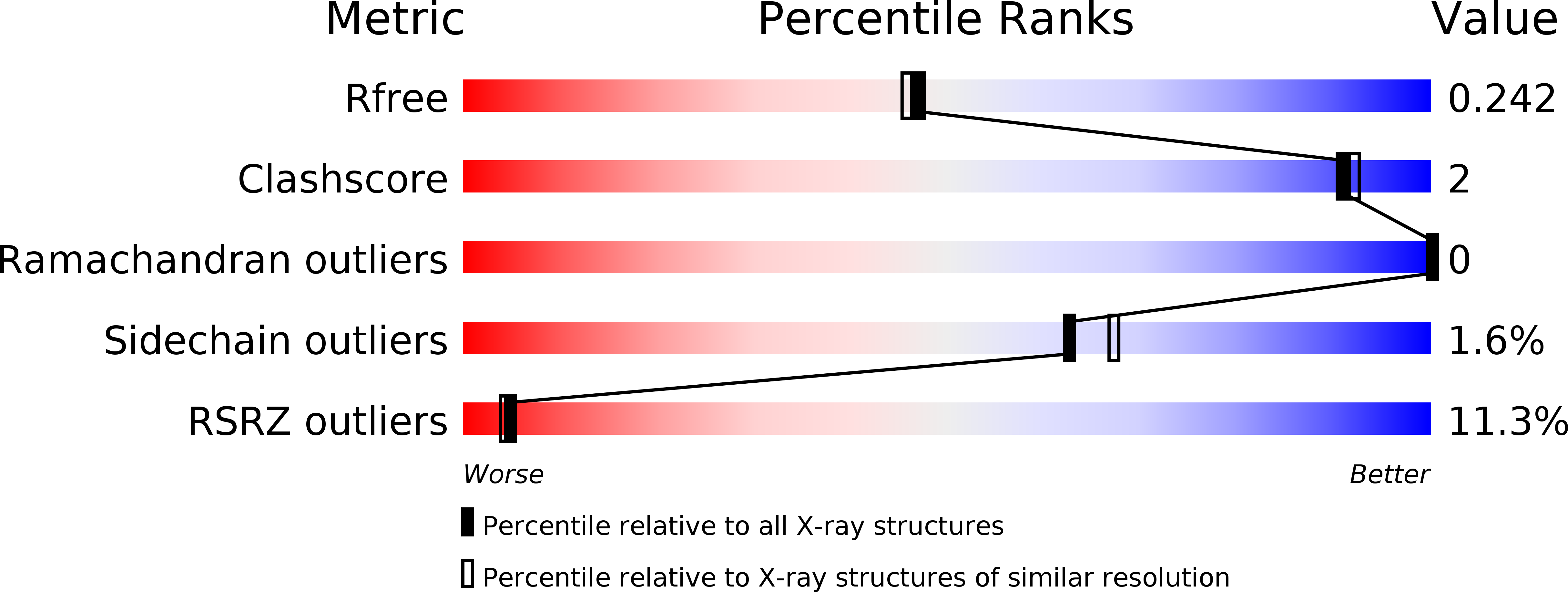
Deposition Date
2019-05-19
Release Date
2019-06-26
Last Version Date
2024-11-06
Entry Detail
PDB ID:
6P1C
Keywords:
Title:
Transcription antitermination factor Q21, SeMet-derivative
Biological Source:
Host Organism:
Method Details:
Experimental Method:
Resolution:
2.01 Å
R-Value Free:
0.23
R-Value Work:
0.19
R-Value Observed:
0.20
Space Group:
P 21 21 2


